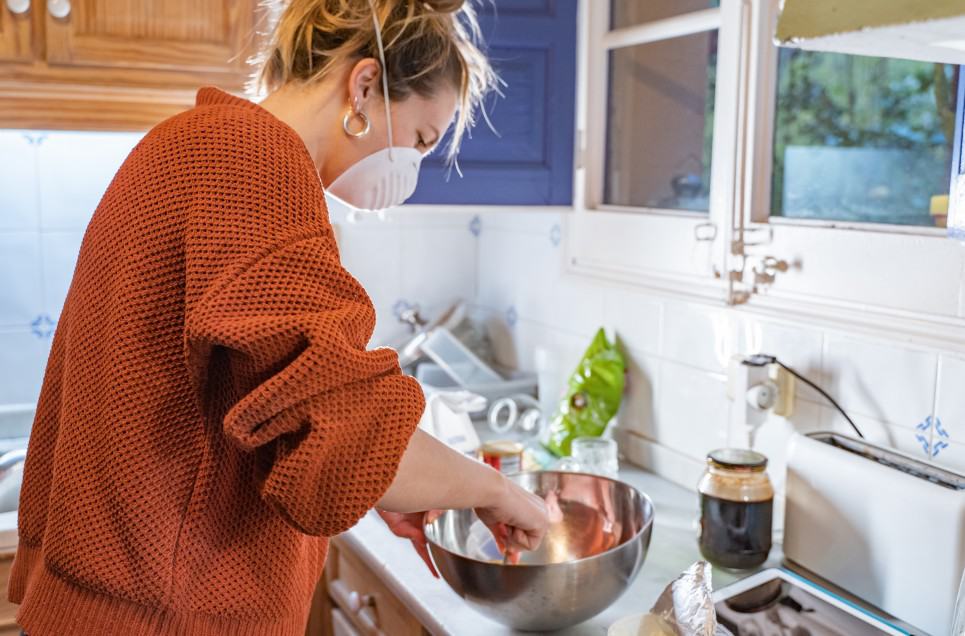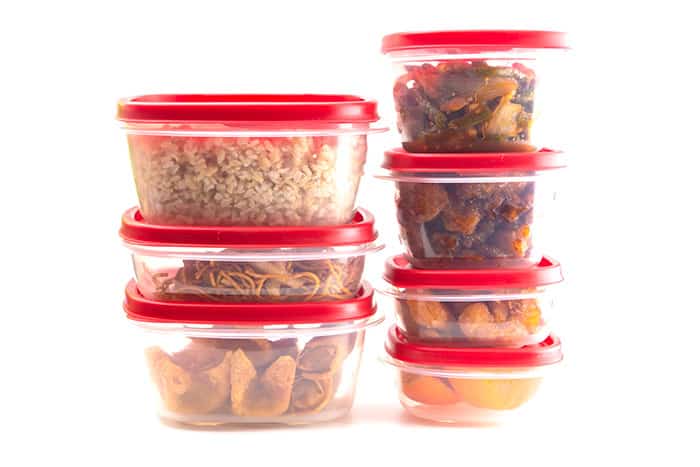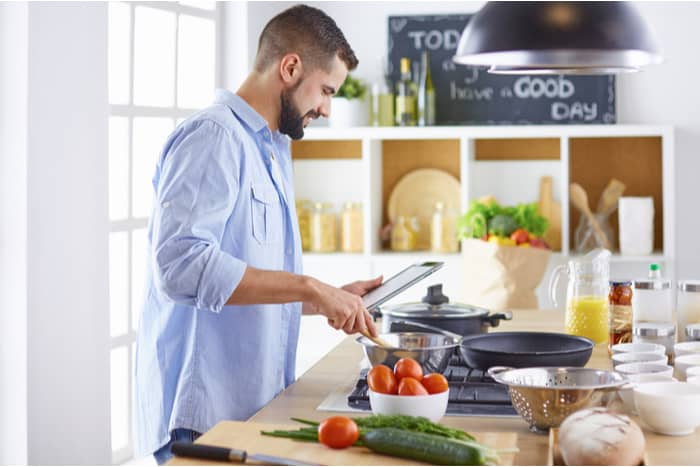For the first time in recent history, millions of people around the world are at home making their own meals. If you have never cooked before, the process might seem intimidating. Plenty of people have resorted to eating soups, sandwiches, cereal and mac & cheese for nearly every meal. This is going to get old really quickly. It’s also crucial for you to eat a well-balanced meal with plenty of nutrition. We are living in a time when your health is most important, and good food is essential for building a strong immune system. Learning how to cook is more important now than ever before. The good news is that once you learn how to cook, you’ll probably love it. Whether you are a seasoned home chef, or your total beginner at home-made, resourceful cooking, we’re bringing together some of the best tips that we have for cooking at home.

20. Make a Meal Plan
At the beginning of the outbreak, so many people rushed to the grocery store to buy canned and dry food. The vast majority dove head-first into the panic without actually having a meal plan. The problem with this is that after spending several hundred dollars, they probably looked down at their grocery haul, and wondered, “What am I going to do with this?!” At the time this article was written, we are two weeks into lockdown mode, but grocery stores are still restocking their shelves. Even if you can’t always buy the exact item you’re looking for, it’s better to have a plan of what you actually want to eat, instead of buying things you saw in an episode of Doomsday Preppers.

Before you go to the supermarket, jot down some ideas on a meal plan. This can be done for free in a notebook you have lying around the house, or through your notepad on your phone. Or, if you prefer, there are special meal plan journals available online. Plan out meals for every day of the week. If you’re cooking for your entire family, keep them in mind, too, since you’ll need to increase the portions. Decide which days are designated for leftovers. It’s also a good idea to order takeout from your local restaurant at least once a week, and have them deliver to your door. After making a meal plan, it helps you to feel in control of the food situation, and it becomes far less stressful to think about cooking throughout the week. Some people like to purchase meal prep containers so that they can cook ahead of time, which can reduce stress even more.







































